The visuals for Sandee Chan’s 2022 concert were designed to reflect the intellectual depth and thematic complexity of her music. Combining traditional motifs with cutting-edge technologies such as generative AI, the visuals explore tensions between heritage and innovation while addressing themes of identity, gender, and societal critique. This dynamic visual approach enhances the concert experience by creating an immersive, thought-provoking dialogue between image and sound.
〈綑縛〉Bondage
The visuals for this track—though centred on the theme of freedom—are steeped in layered metaphor. A dominant use of red, paired with Gothic typography and religious iconography, evokes a cult-like atmosphere, creating a visual tension between liberation and control. The imagery serves not as a literal translation, but as a symbolic landscape through which the song’s deeper contradictions unfold.
The visuals for this track—though centred on the theme of freedom—are steeped in layered metaphor. A dominant use of red, paired with Gothic typography and religious iconography, evokes a cult-like atmosphere, creating a visual tension between liberation and control. The imagery serves not as a literal translation, but as a symbolic landscape through which the song’s deeper contradictions unfold.
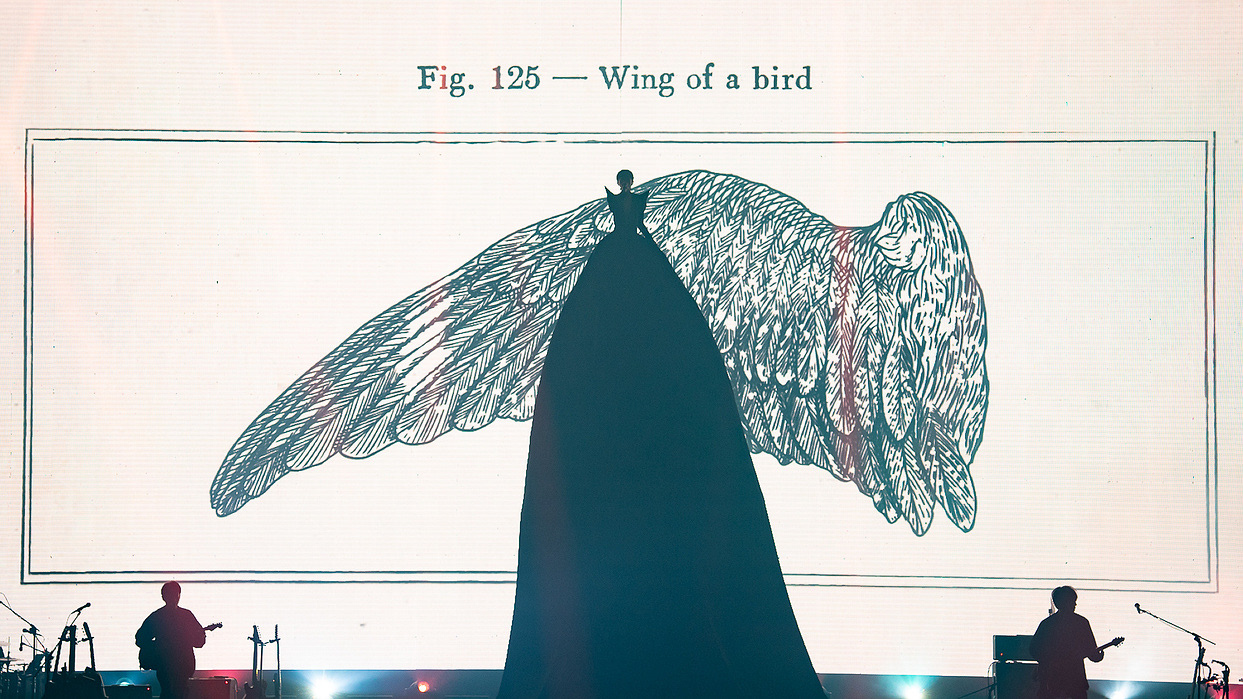
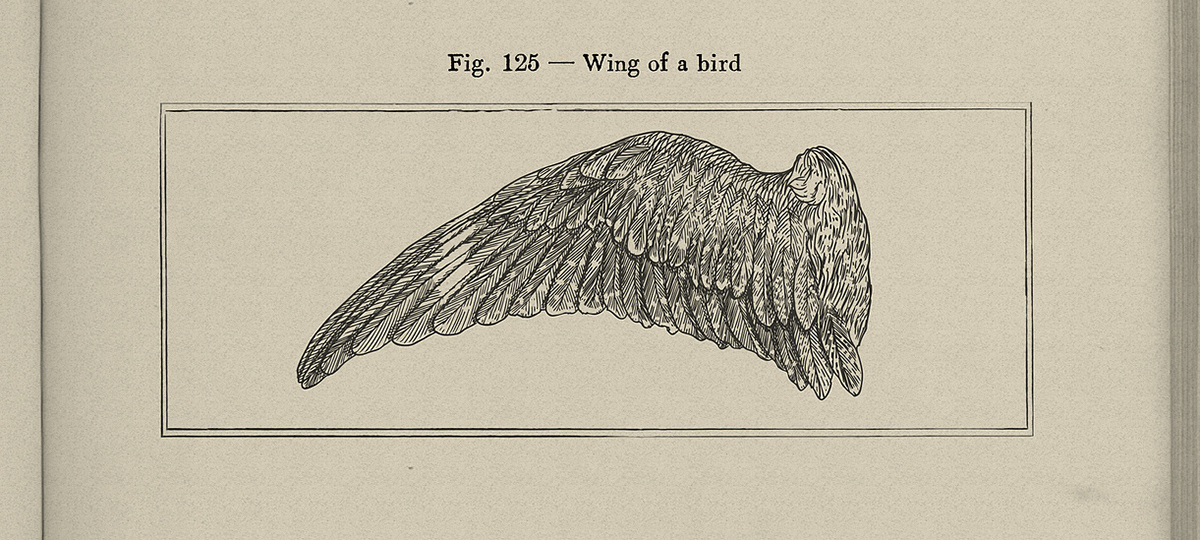
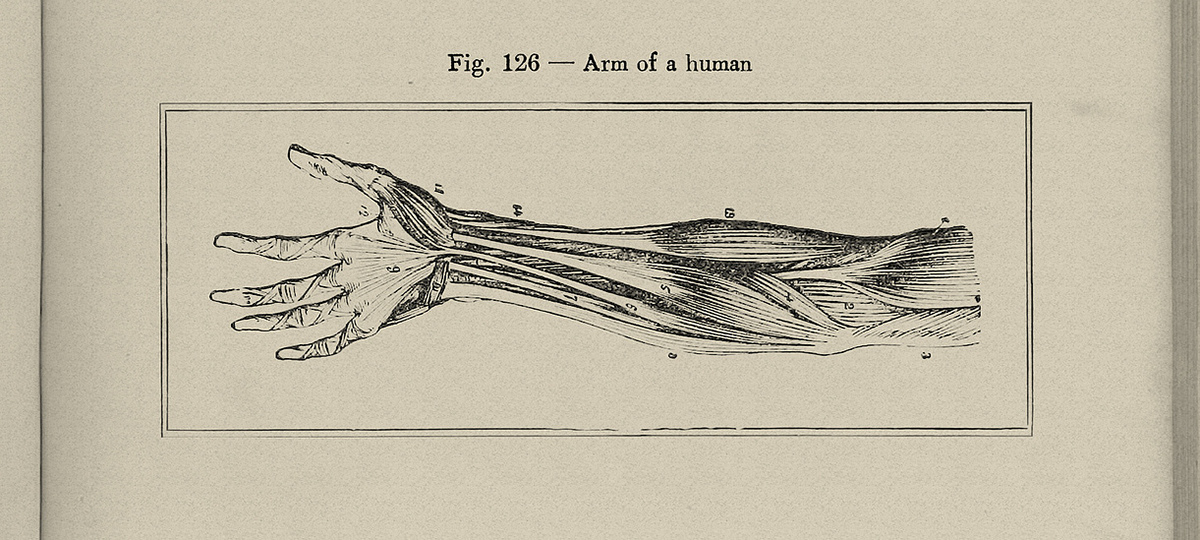


〈女王〉Queen
A song dedicated to fujoshi (腐女), enthusiasts of Japanese "Boy’s Love" narratives. The graphic design draws on visual elements commonly found on BL book covers—subtle yet deliberate references that nod to the subculture's aesthetic codes. Through carefully restrained composition, the visuals strike a delicate balance between the genre’s romanticised darkness and the nuanced world of Japanese subcultural expression.
A song dedicated to fujoshi (腐女), enthusiasts of Japanese "Boy’s Love" narratives. The graphic design draws on visual elements commonly found on BL book covers—subtle yet deliberate references that nod to the subculture's aesthetic codes. Through carefully restrained composition, the visuals strike a delicate balance between the genre’s romanticised darkness and the nuanced world of Japanese subcultural expression.
〈演歌〉Enka
This song unfolds as a narrative tribute to the traditional Japanese enka genre, channelling the emotive storytelling of a bygone musical era. In deliberate contrast to the song’s retro sentiment, the accompanying visuals were generated using Midjourney—a cutting-edge generative AI programme that had only just emerged at the time. This juxtaposition of old and new not only reflects the evolving relationship between tradition and technology, but also reimagines enka through a speculative, digital lens.
This song unfolds as a narrative tribute to the traditional Japanese enka genre, channelling the emotive storytelling of a bygone musical era. In deliberate contrast to the song’s retro sentiment, the accompanying visuals were generated using Midjourney—a cutting-edge generative AI programme that had only just emerged at the time. This juxtaposition of old and new not only reflects the evolving relationship between tradition and technology, but also reimagines enka through a speculative, digital lens.
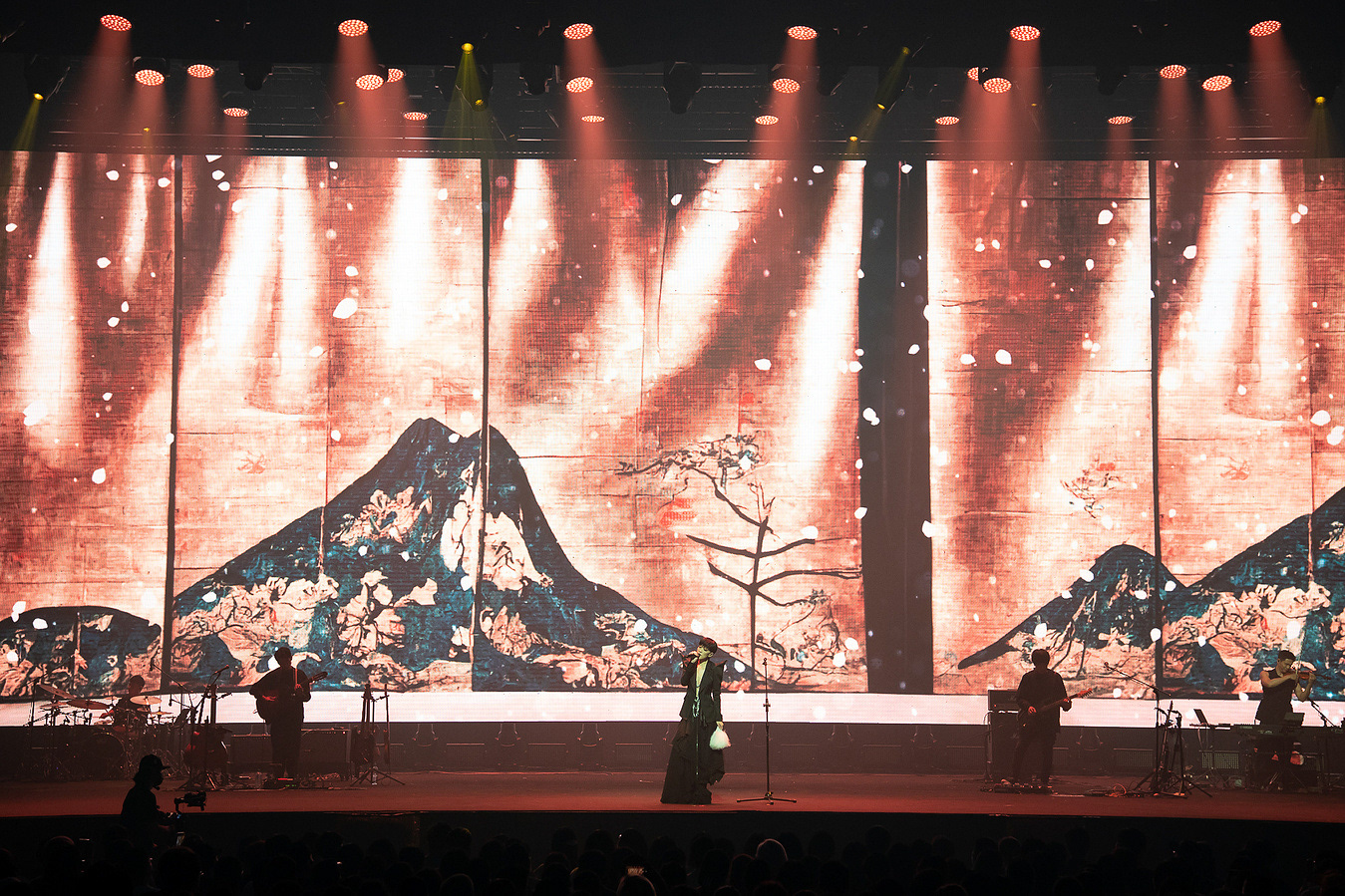
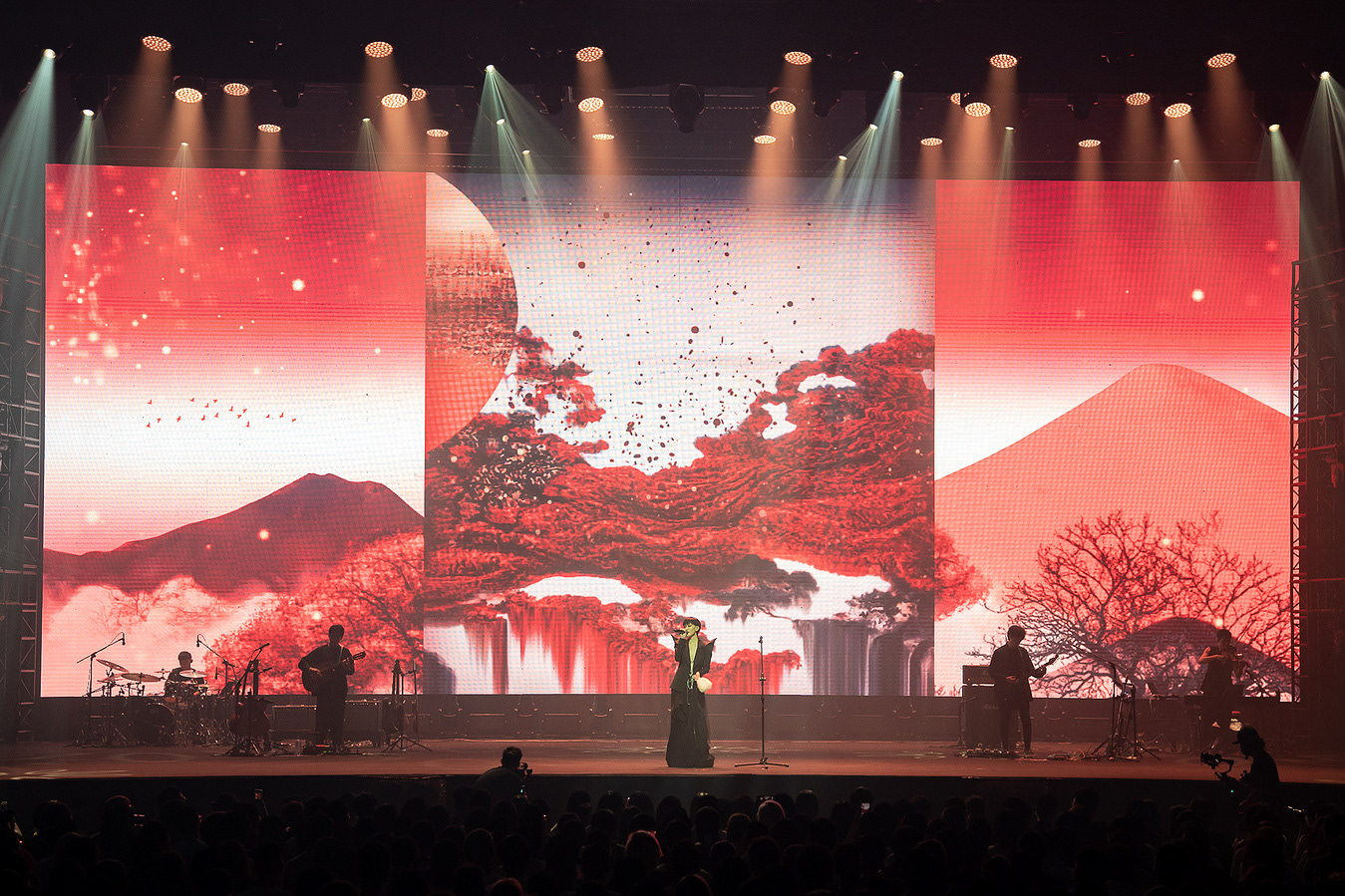
〈罪美〉Beautiful Sin
This powerful track addresses the persistent demonisation and objectification of women throughout history and into the present day. The visual concept is structured in two parts. The first presents a series of stylised "criminal profiles"—portraits of historically significant women who, despite their contributions to the world, were marginalised or stigmatised by the societies around them. The second section confronts contemporary gender bias by displaying phrases commonly used to disparage women in everyday life. These words multiply and accumulate, eventually engulfing the entire screen—an overwhelming reminder of the insidious nature of such language.
This powerful track addresses the persistent demonisation and objectification of women throughout history and into the present day. The visual concept is structured in two parts. The first presents a series of stylised "criminal profiles"—portraits of historically significant women who, despite their contributions to the world, were marginalised or stigmatised by the societies around them. The second section confronts contemporary gender bias by displaying phrases commonly used to disparage women in everyday life. These words multiply and accumulate, eventually engulfing the entire screen—an overwhelming reminder of the insidious nature of such language.
